High Bridge
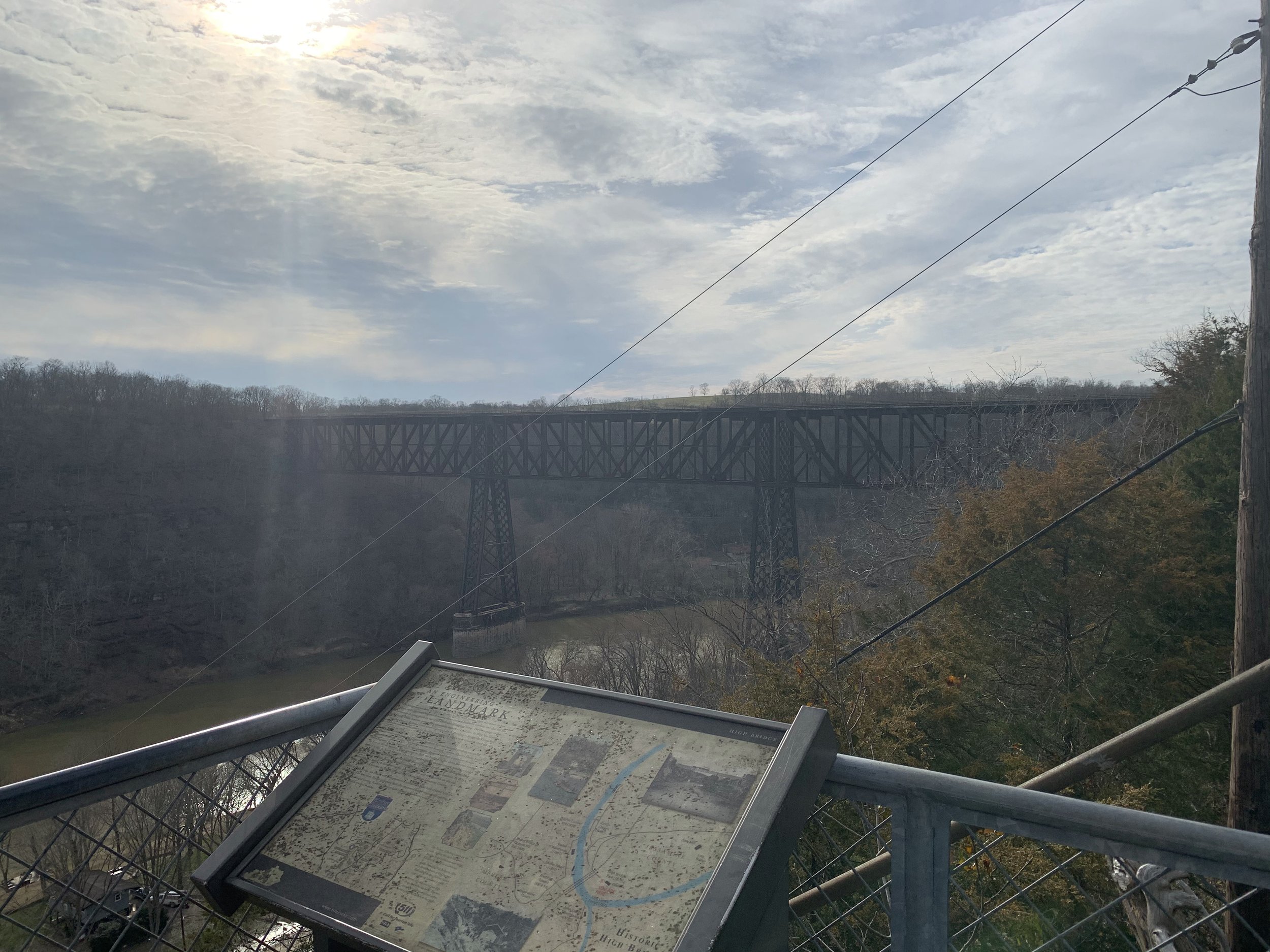
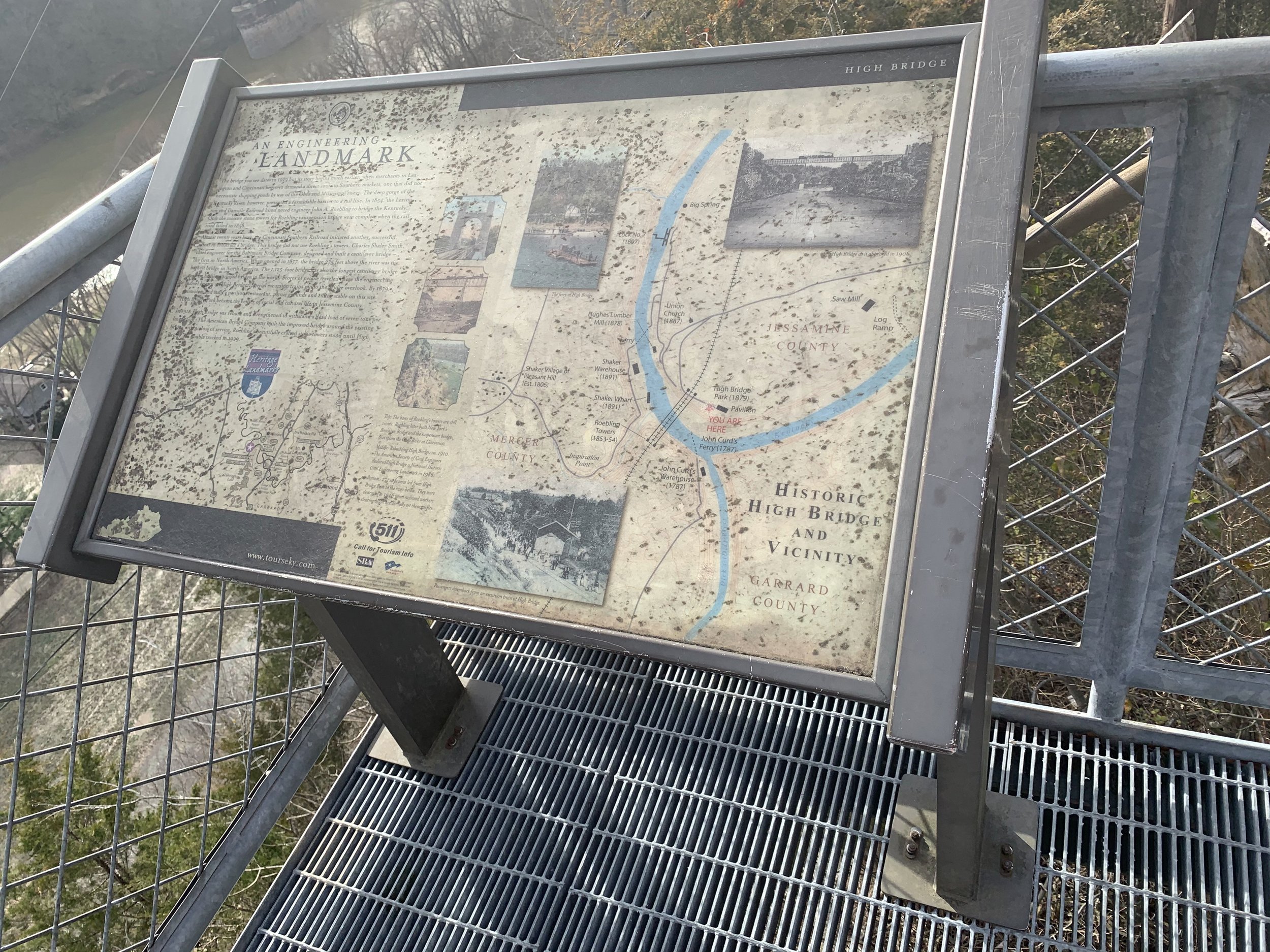
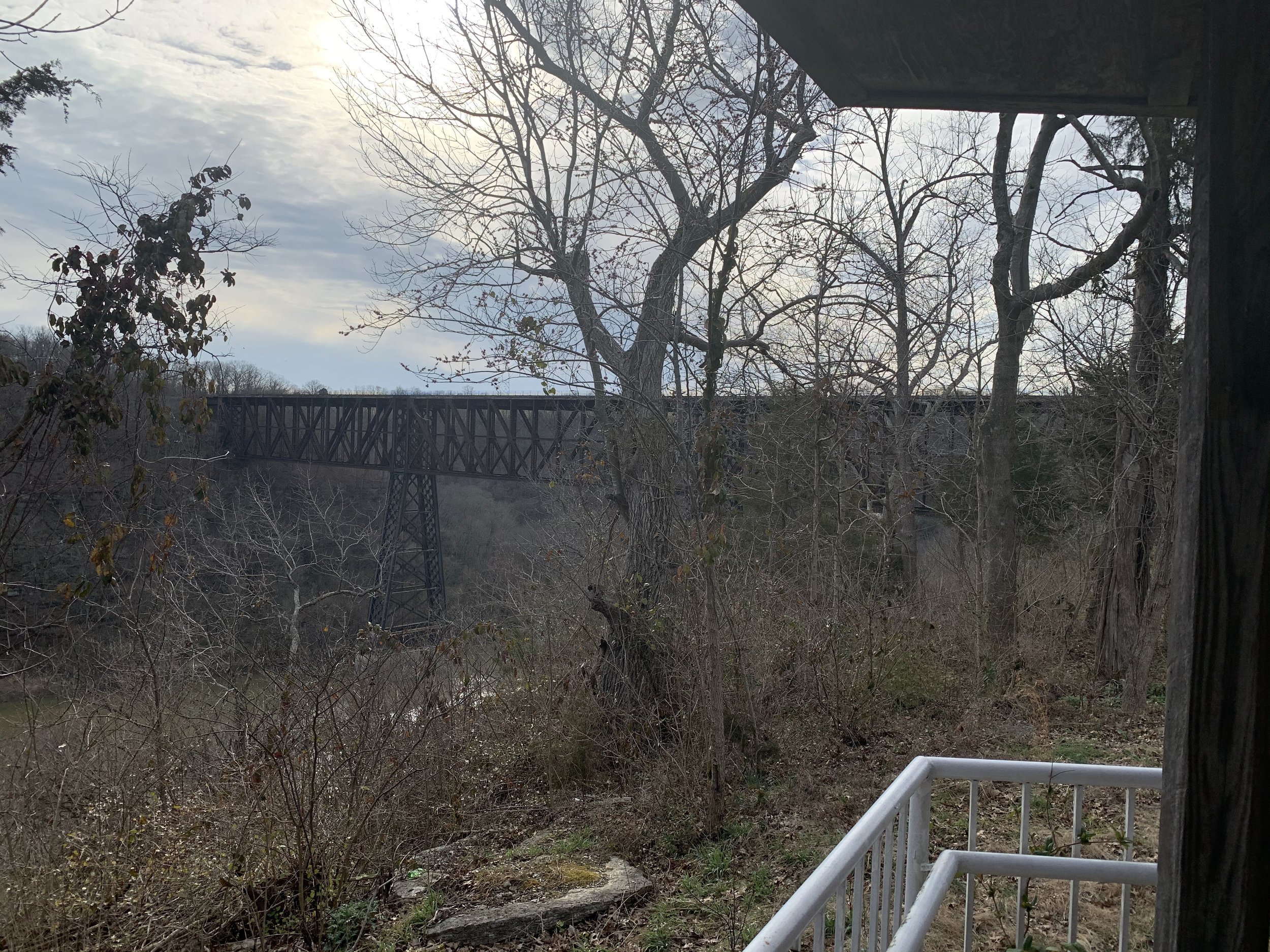
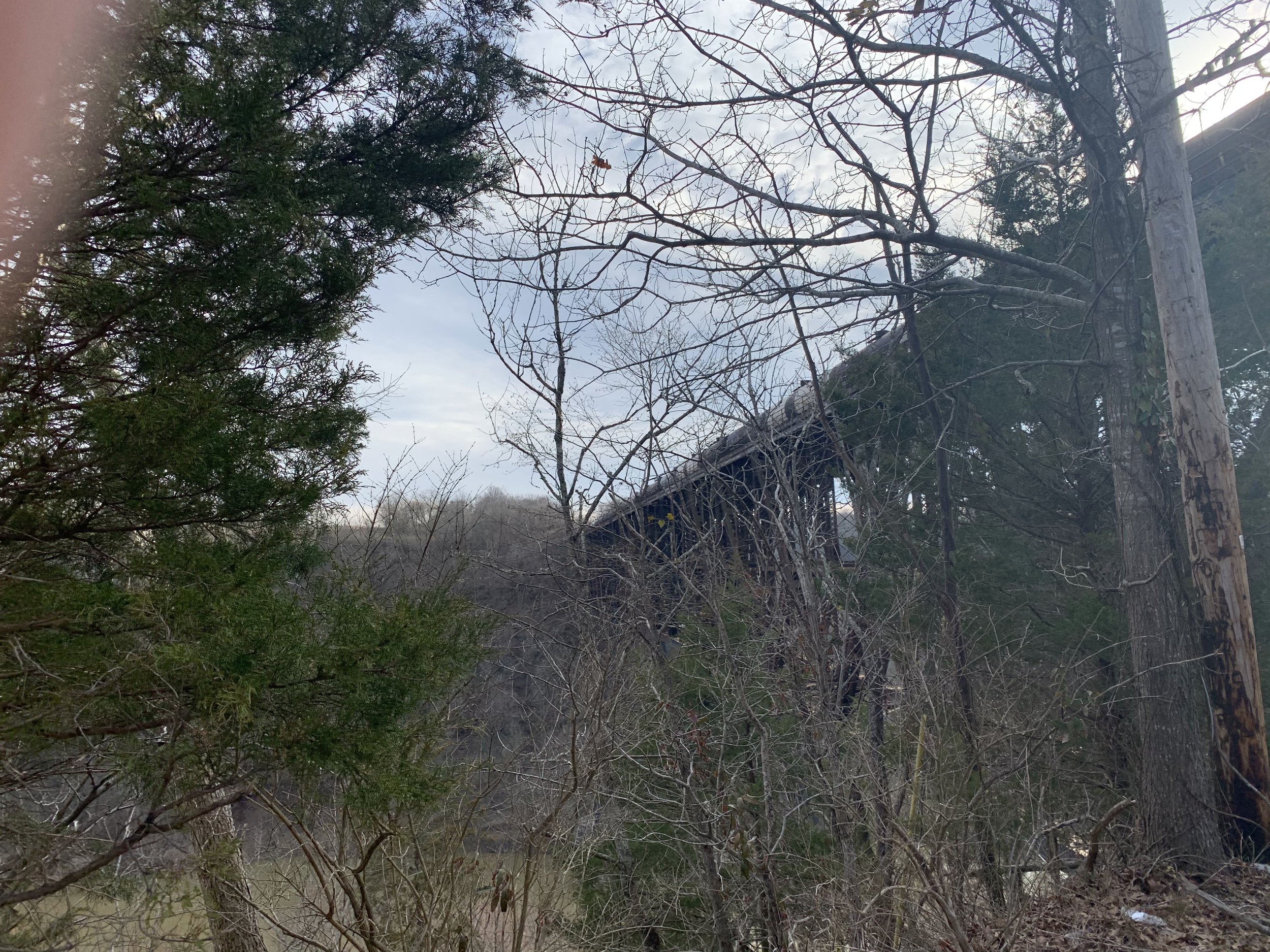
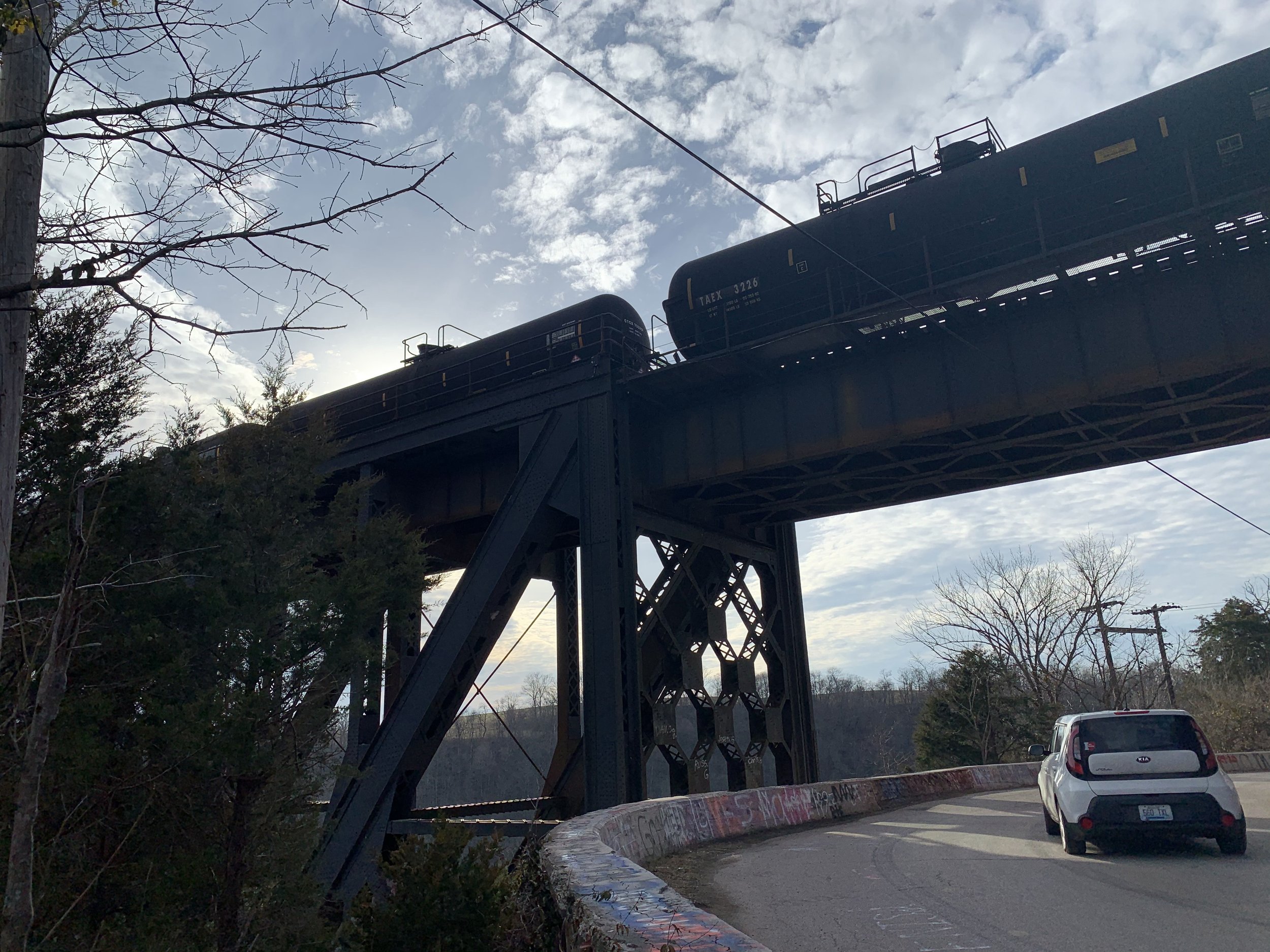
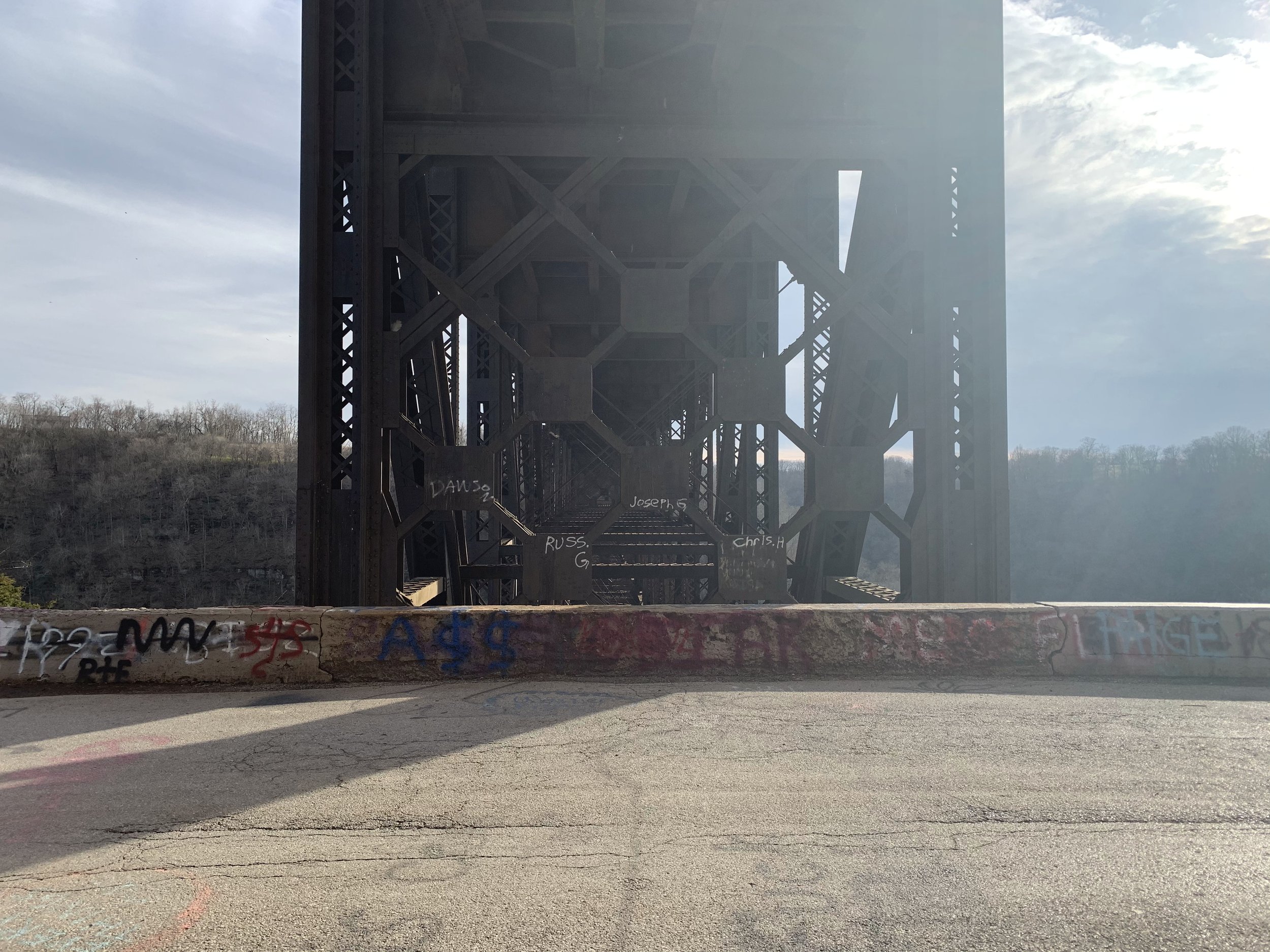
Roughly halfway between the towns of Wilmore and Burgin Kentucky sits a former world record holding piece of Bluegrass history. Spanning the Kentucky River and connecting Jessamine and Mercer Counties, High Bridge could easily be mistaken for just another piece of industrial infrastructure. However, this 143 year old iron behemoth was once an engineering marvel unparalleled anywhere on Earth.
First conceived in 1851 by the Lexington & Danville Railroad, the bridge was to be built by John A. Roebling (designer of Cinncinatt’s Roebling Bridge, and her big sister the Brooklyn Bridge), the project would ultimately be sidelined by funding issues and then the American Civil War. She would be resurrected by the Cincinnati and Southern Railway, and completed in 1877. At 275 feet tall and 1,125 feet long she was the tallest bridge above a navigable waterway in America, and the tallest railroad bridge on Earth (a record she would hold until the early 20th century).
1911 would see a rebuild to increase the strength of the bridge, and a 1929 renovation would remove the original stone towers designed by Roebling, as well as adding a second set of tracks. With these extensive upgrades the bridge is still in service for the Norfolk Southern Railway to this day. 2005 would see a park jointly built by the state and county governments nearby to provide a scenic overlook of the bridge.
High Bridge is a truly epic feat of engineering, and even in the modern age it’s a wonder to see a massive heavy train cross the river on a work of iron dating back over 140 years. The park is also a great little spot to bring the family, and enjoy a picnic. The bridge is also conveniently located near the Shaker Village of Kentucky, which can be paired with High Bridge to make a great little day trip. Although not accessible to tourists, it is also the namesake of “High Bridge Spring Water”, which is pulled from a nearby flooded limestone mine and sold across the state.
Want to Experience This Adventure for Yourself?: